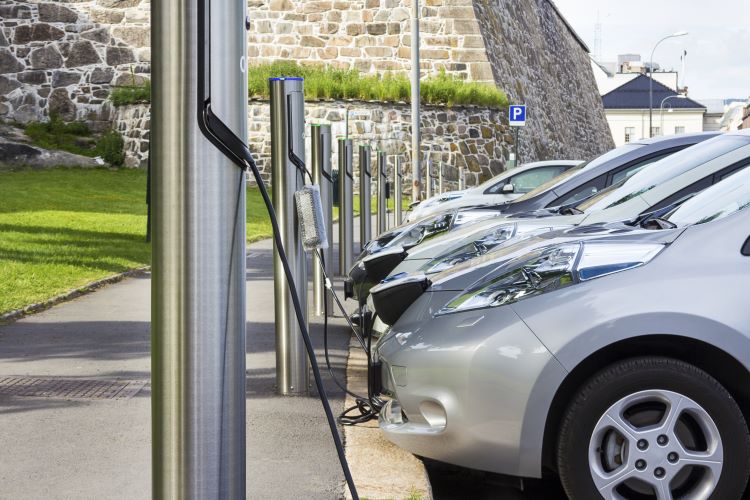"Sailing on Land: The Intriguing World of Solar-Powered Cars"
Introduction: Picture this: a future where fuel stations are obsolete, and our cars run purely on the sun's energy. Welcome to the world of solar-powered cars - a fascinating domain where automotive engineering intersects with renewable energy technology.

The Dawn of Solar-Powered Cars
The story of solar-powered cars began in the mid-20th century. Researchers started to explore solar energy’s potential as a renewable power source. They sought to harness this energy for various applications, including transportation. In 1955, the first solar-powered car, named ‘Sunmobile’, was designed by William Cobb from General Motors. Although it was a tiny 15-inch model, it set the stage for subsequent developments in solar-powered vehicles.
Advancements in Solar Car Technology
From the first rudimentary model, solar car technology has come a long way. Modern solar cars utilize photovoltaic cells to convert sunlight into electricity. This electricity charges the car’s batteries, powering the motor. Recent models like the Aptera Paradigm and Lightyear One boast impressive range and efficiency, thanks to advancements in solar panel efficiency and battery technology.
Current Trends and Industry Insights
The solar car market is set to experience significant growth, propelled by rising environmental awareness and advancements in technology. Companies like Sono Motors and Lightyear are shaping the industry with their revolutionary vehicles. However, the integration of solar panels into cars is not limited to start-ups. Established automakers like Toyota and Hyundai are also exploring solar technology, signaling a broader industry shift towards solar-assisted vehicles.
Impact, Benefits, and Challenges of Solar Cars
The adoption of solar cars could have a profound impact on our transportation systems. They offer the promise of zero-emission driving and reduced dependence on fossil fuels. However, several challenges need to be overcome. These include improving solar panel efficiency, increasing the range, and making solar cars more affordable for the average consumer.
The Horizon of Solar-Powered Vehicles
Despite the challenges, the future of solar-powered cars looks bright. Innovations such as perovskite solar cells, which offer higher efficiency at a lower cost, may soon make solar cars more viable. Moreover, the advent of solar charging infrastructure and government incentives for renewable energy vehicles are likely to stimulate the sector’s growth.
In conclusion, solar-powered cars represent an exciting frontier in the auto industry. They symbolize the possibility of a sustainable, clean-energy future where our cars are powered not by fossil fuels, but by the most abundant energy source in our solar system: the sun.




